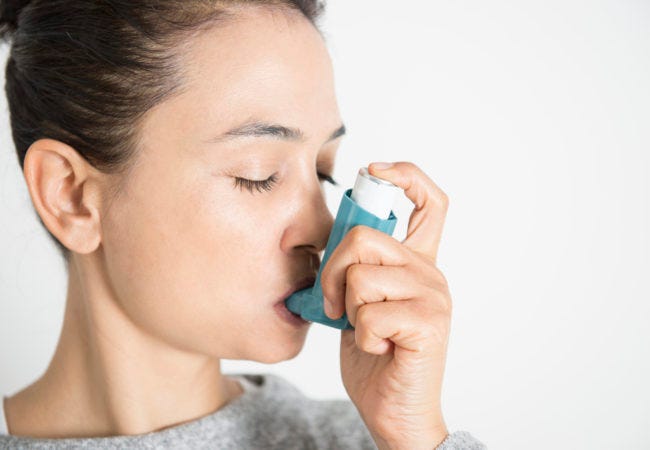Around 25% of the population suffers one form of type 1 allergy. The most common being hayfever, closely followed by asthma, which affects around 10% of people, then urticaria, an itchy skin rash and the less common but occasionally lethal, anaphylaxis.
The actual cause of these conditions is unknown but, no doubt, precipitated by a variety of allergens. Possibly the most common are the variety of grass pollens typically released around spring. A number of infections can also precipitate acute exacerbations of any of these conditions.
Hayfever, although not life threatening, can significantly affect the quality of a person’s life. Over the years, a variety of desensitisation techniques have been used with varying degrees of success. For those people more inclined to use complementary medical techniques, preparations containing horseradish, which are typically combined with garlic and vitamin C or the other herb, fenugreek, are often quite effective. There are now a variety of over-the-counter steroid nasal sprays which can offer preventative relief, especially around spring. Antihistamines are also quite effective in this regard.
Asthma, which typically commences in childhood is extremely well managed these days with a combination of bronchodilator therapy and inhaled steroids for prevention. Other new therapies are being released on the market. Although we occasionally hear of deaths from asthma, such as the recent tragic premature death of the wonderful Australian musician, Phil Emmanuel at the age of 65, most cases are managed very effectively with asthma care plans and regular monitoring of peak flow, allowing an asthmatic to have a new normal quality of life with no reduction in lifespan.

Last year in Victoria there were a number of deaths from the condition thunderstorm asthma. In this condition the thunderstorm markedly stirs up grass pollens which are released into the air and inhaled by susceptible asthmatics. This may cause a dramatic severe exacerbation of asthma.
Over the past 10 years, a new therapy known as OralAir, which is a combination of five mixed pollen allergens has been trialled in a number of asthmatics, aged 10 to 65. This allergen extract is administered sub-lingually on a daily basis for 4 months over three years and the participants were followed up for a further 10 years.
The study showed that 40% of the participants in the placebo group suffered asthma severe enough for them to attend the emergency department, whereas there were no severe episodes in those who were administered OralAir. In my view, this is a major breakthrough for asthma sufferers and should not be seen as a pure prevention for only thunderstorm asthma.
Unfortunately, at present, OralAir is not on the PBS and costs $350 for the three years of therapy.
This is a small price to pay for prevention of what can be a lethal condition but with the savings in medical costs to the government, it appears logical to me that this should be on the PBS for a much lesser price.
Type 1 allergies, in all their forms, are extremely common but with modern medical techniques we have markedly improved the management, allowing 25% of the population to have a much better quality of life with no impact on longevity.